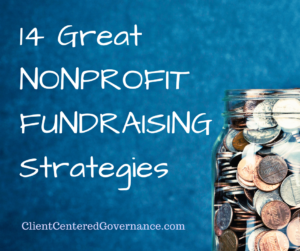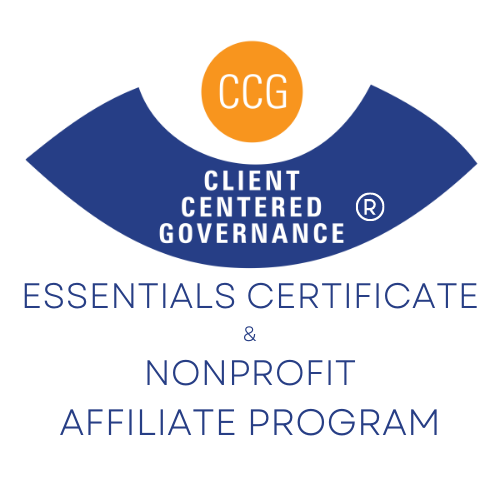 Fundraising! A lot of nonprofits are succeeding at fundraising, some of them raising millions and more. What are they doing differently from those who are struggling with fund development? There are clear differences in how charities and nonprofit organizations approach generating donated revenue.
Fundraising! A lot of nonprofits are succeeding at fundraising, some of them raising millions and more. What are they doing differently from those who are struggling with fund development? There are clear differences in how charities and nonprofit organizations approach generating donated revenue.
VALUES – One of the first things our research found was the clarity of stated organizational values, in marketing by successful non profits. Example: hospitals raising millions through 50/50 lotteries. Those with a hugely successful approach, are very upfront that they are raising funds specifically for ‘XY or Z’. Equipment, for example. Or children with cancer. Or a new MRI machine. Smaller nonprofits who do not have the resources or dedicated staff for fund development can learn from this approach by developing better, crystal-clear value-based messaging for their campaign strategy.
CONFIDENCE – Your nonprofit, and that in includes your board, staff and volunteers, must develop the confidence that people want to support your organisation’s work and mission. You must feel that creating opportunities for donors to give to your organization is an excellent and positive experience for the donor and your agency.
FUND DEVELOPMENT PLAN & HR – Unless you’ve already done so and perhaps need to increase your HR component, every nonprofit needs dedicated staff working on fund development. whether part time or full time. It is unrealistic to expect staff already heavily assigned, to take on this work. Look for staff who have previous experience and a track record of fundraising. Or, invest in the resources to train your newly assigned staff in this exciting work. From there, together as a team, with participation from the board as well as staff, you must develop a fund development strategy – A Plan. A well-developped, client-centered, target-focused written Plan.
FUNDRAISING STRATEGIES – Here are some ideas that are generating funds for organisations of all types
- Become an Affiliate for ‘good fit’ services, programs and products already sold online
- Boldly, professionally, respectfully ask for sponsorships
- Build a dedicated, frequently updated donation page on your website
- Confidently apply for every grant possible
- Have short, affordable ‘experience-based’ fundraising events, not just ‘sitting-meal-auction table’ nights
- Host a highly entertaining phone-a-thon or telethon
- Launch a 40-60 or 50-50 regular draw
- Launch a membership program with benefits donors actually want
- Launch a Social Enterprise
- Learn and start crowdfunding / be prepared to adapt campaigns
- Set up recurring donations, and nurture donors with win-win approaches
- Set up text-to-give options
- Snail mail still works: send out useful short fundraising letters (1)
- Try b-2-b styled, or networking fundraising activities
(1) Avoid slick, high-gloss, expensive-looking multi-page mail-outs, especially those including gifts such as pens and bags. People know these are high-cost to produce, and can be turned off.


